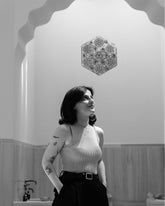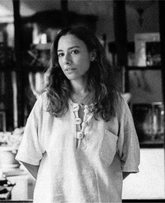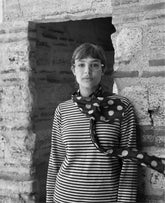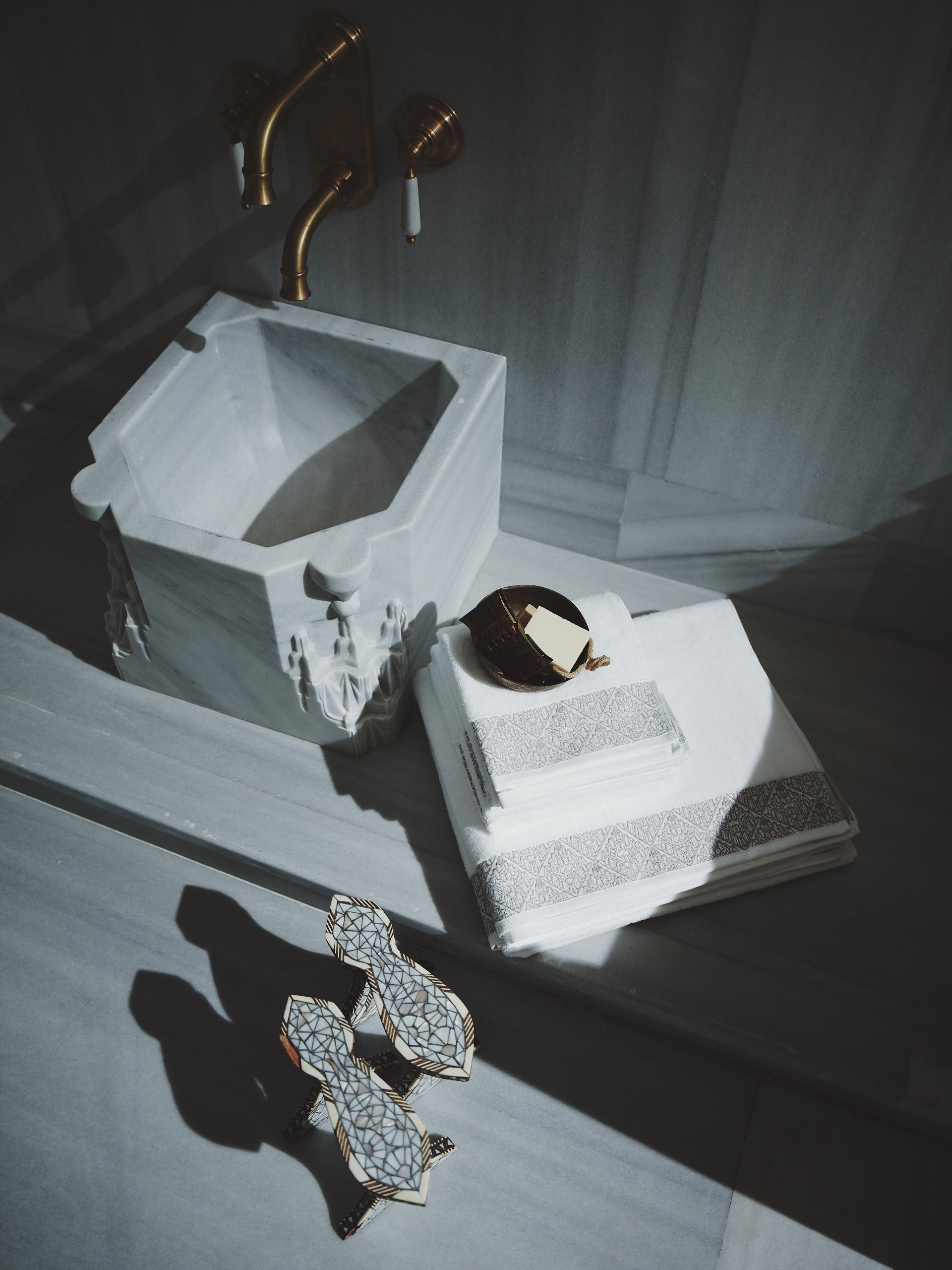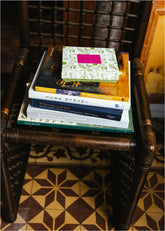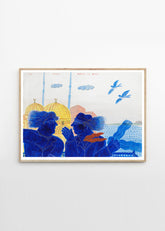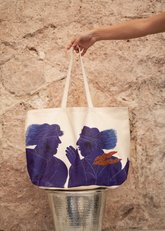Scrub the Surface: Anousha Payne

1. Tell us about yourself in five sentences. How did you choose your path?
I’m an artist working across sculpture, sound, text, and painting, currently based in Paris for the Cité des Arts residency. I grew up in London, where I had been based until this year. My work explores the liminal space between fiction, personal experience, and folktales – I’m particularly interested in storytelling as a connecting force. I follow material-led processes to build narratives, where new speculative hybrid creatures emerge through poetic material play and figurative gestures. Found objects often serve as memory-archives and metaphorical narrative tools; adorned with jewellery and textiles, they act as cultural signifiers while questioning material hierarchies and values.
2. If you could describe Istanbul in three words, what would they be?
Diverse, intricate, hospitable.

3. Which traditional craft or craftspeople inspired you most, and why?
The hammered metal craftsmen inspired me most. I spent time learning from Cemil and Mustafa, who made their sculptures look effortless and joyful. When I tried working with metal myself, I realized how much strength, patience, and precision it demands. It’s a deeply rooted practice, passed down through experience and apprenticeship; Cemil has worked in this method since he was 15.
4. What’s your favourite element of the hamam’s architecture or atmosphere?
I love the paintings on the women’s room walls – their texture, dusty colours, and the visibility of many layers at once, much like the city itself. I’m also drawn to the atmosphere of the cistern: its echoes and the stories etched into its walls.

5. In the hammam, there’s a moment when silence take over—what’s the perfect soundtrack for that experience?
While preparing for the exhibition in the cistern, I listened to a lot of sounds by Suren Senerveratne, who also created the sound for the show. One of my most listened-to tracks is his collaboration with Jatanider Singh Durhailey – an incredible visual artist. I’d also add “Sliver of Ice” by ANOHNI and the Johnsons.
6. A hamam experience is all about slowing down. In a fast-moving world, where do you find stillness?
I’m not great at sitting still, but my mind calms when I cook. I enjoy slow, receptive cooking methods – it can feel meditative.

7. If you could invite any artist or designer, living or dead, to the hamam for a conversation, who would it be?
I’d love to have met Sonja Ferlov Mancoba. I exhibited with her at Newchild Gallery in Antwerp late last year, and I’ve always wanted to hear more about her process. I haven’t found much – just a short studio interview and a few texts. I admire the intuitive nature of her practice and her use of symbolic, universal forms.
8. What’s one object you always carry with you that feels like a small ritual in itself?
My pocket diary. It was made for me by my friend Andie (Andromeda Lee), because I’ve always struggled to stick to plans or remember dates. I used to write everything on scraps of paper and lose them. Now, this little diary keeps my weeks together.
9. About your book corner: how did you pick these books and how did they inspire you?
I chose books linked to my practice or ones I simply loved reading. I bought Aslı Erdoğan’s short story collection in Istanbul – dark, magical, intense stories that resonate with the themes I work with. One story described a figure appearing in the walls – very different in context from my own work but eerily parallel. Her writing reminds me of another favourite: The Houseguest by Amparo Dávila, recommended by my friend Sarah. Her short stories explore haunting, grief, and paranoia – embodied through strange creatures that disrupt daily life with force.

10. What inspired you most during your design process for Zeyrek Çinili Hamam?
Spending time in the cistern, I imagined those who may have once lived within its walls. I wanted to bring a sense of light to the peshtamal. It features a figure transforming into a bird – drawn from the Anka, a mythological being I encountered in The Ottoman Lyrics Poetry: An Anthology (also featured in the book corner). She dives into water, liberated, mid-transformation.
11. You were based in Pera during your residency. What are five places in Istanbul that were meaningful to you, and why?
● IMÇ Çarşısı: Where my studio was – each day people would gather outside a shop and perform music, creating a constant rhythm of life.
● The pilav restaurant below my studio: Simple, perfect: buttery rice, sharp pickled chillies, and a warm welcome.
● Pandora Bookstore: A rich collection of fiction, nonfiction, and poetry. I spent hours here.
● Vefa Bozacısı: A time capsule. The fermented wheat drink was unlike anything I’ve tried, and the mirrored column was like a disco ball in a historic setting.
● Kevok Ocakbaşı: Amazing vegetable dishes and a sharp turnip juice/arak mix.
Also, I loved walking from my studio to the bazaar, passing countless DIY shops, especially one that sold only ropes, chains, and hardware. There’s a small café above the Grand Bazaar with an incredible view over the city. Because it shares a building with the metal workshop I worked in, I got to visit it when it was closed – an unforgettable panorama.
Credit: Det Kongelige Bibliotek / Jiro Mochizuki
Credit: © Doğan Tekeli

